Terry lily asiatica: description of popular varieties
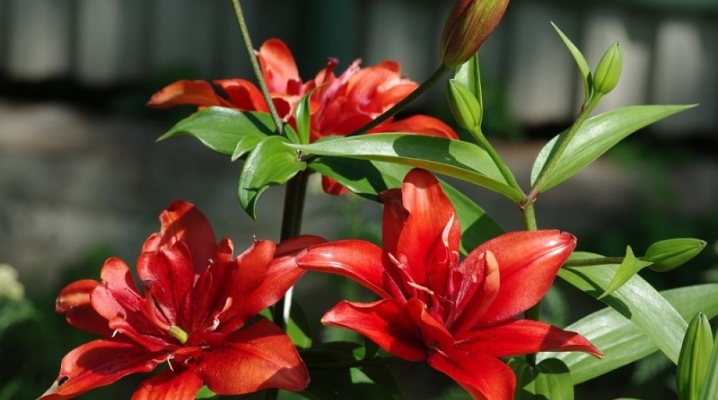
Lily hybrids of Asian origin can often be found on the sites of Russian gardeners. This species attracts their attention with its amazing color and unpretentiousness to growing conditions. Before you start planting Asian terry lilies, you should study the characteristics of the varieties in more detail.
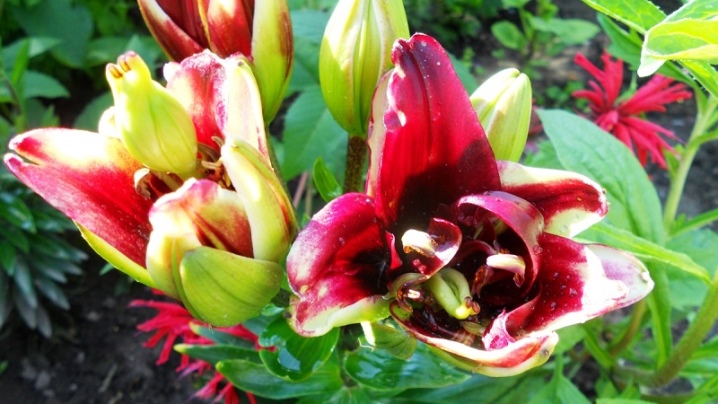
Description
The culture is a hybrid obtained by crossing Asian varieties. These flowers adapt well to the harsh Russian conditions. Depending on the variety, their petals have different colors, and there are even varieties that include several shades. Terry lilies are distinguished by large buds. One stem can contain up to 30 flowers. Despite their exquisite appearance, these plants are odorless. But they are resistant to frost down to -40 degrees and do not impose strict requirements on the soil.
This variety can be grown in one place without transplanting for 3-4 years. Planting is done in early or mid September, or in spring, late April - May. When the buds have faded, you need to remove them along with the ovary. In September, when the leaves begin to turn yellow, the stem should be cut off at soil level.
In the first season, in a new place, the plant may either not bloom at all, or release a rather simple flower.

Varieties
Get to know the most popular varieties of the presented crop.
- "Fata Morgana". The petals of this flower are lemon yellow with dark red spots. The flowers are cupped, directed upwards, there are no anthers. One stem includes 7-9 flowers, occasionally you can observe the appearance of up to 20 pieces on one stem.
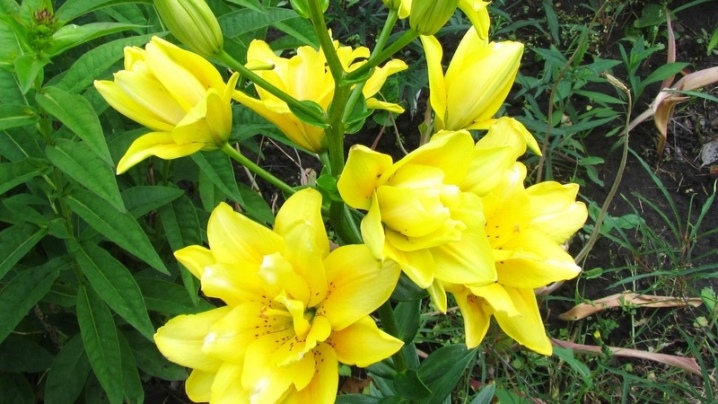
- "Elodie"... It has large flowers up to 18 cm in diameter. The petals are painted in a delicate pink color with dark specks and have a nice wavy edge. The flowers look up and to the sides. Up to 7 flowers usually appear on the stem. The plant is stretched to a height of 100 cm. No pollen.
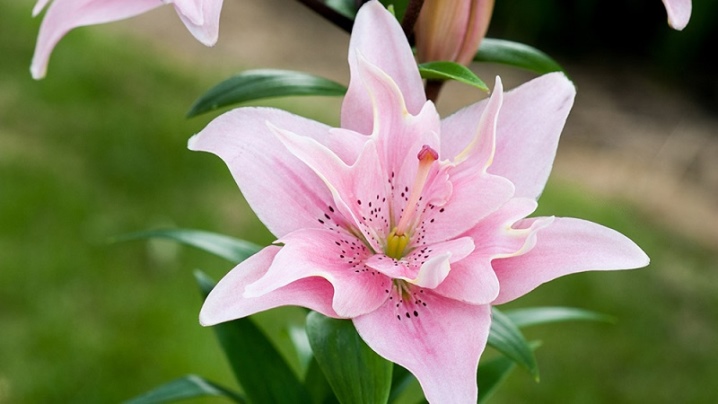
- "Aphrodite". This flower boasts solid pink petals without spots or streaks. The bush grows 50 cm wide, and on one inflorescence you can see 20-30 flowers.
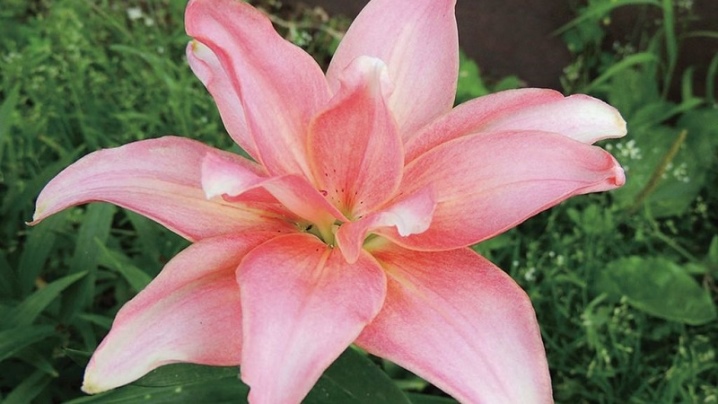
- Mystery Dream. The plant reaches a height of 80 cm. The petals are decorated with a light green color, unusual for flowers, with a dark speck in the middle. Refers to frost-resistant varieties.

- Twins Cocktail. This flower stretches up to 90 cm, and its color is deep red. Such a bright bud can become the main decoration of the garden.

- "Mast C". The variety is distinguished by bright orange petals with dark specks, but gradually the color changes and becomes white with a green center, while the dark speck remains. Also characterized by long flowering.
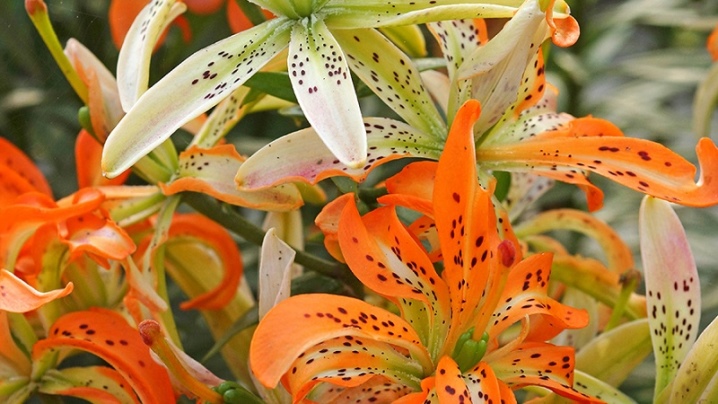
- "Annemaris Dream"... Terry petals are snow-white in color, the specimen itself is quite high - up to 1 m.
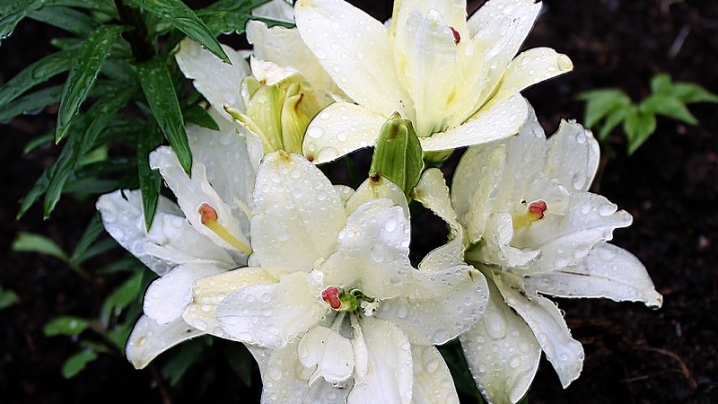
- Spring Pink... The flower of the presented variety does not exceed 75 cm in length, and its petals have a pale pink surface with a thin dark frame.
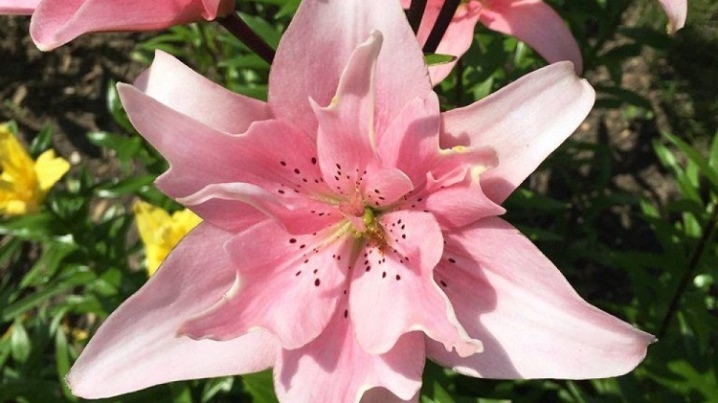
- Seb Latte. Another compact plant, the height of which is no more than 70 cm. Flowers of this variety are decorated with bright orange petals.

- "Double Sense"... This species is characterized by a height of 90 cm and bright crimson flowers with a white center.
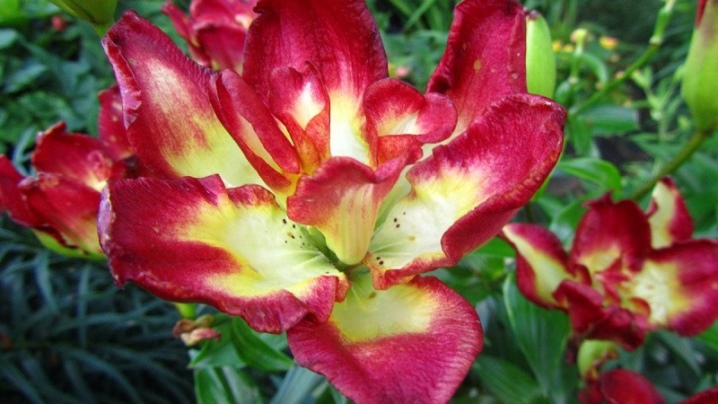
Landing
Before planting an Asian variety of lilies, the soil must be well loosened and, if necessary, ash, river sand, humus or compost must be added. These varieties feel very comfortable in the ground with high-moor peat. The recommended distance between two specimens is 35–40 cm. The depth of the planting fossa is 15–25 cm. Before planting, gardeners are advised to soak the planting material in a fungicide solution.
After planting the bulbs, it is customary to water well.
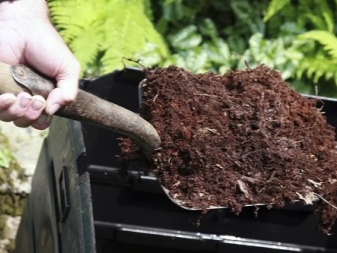

Care
Asian terry lilies do not need special care, but it is important to follow some rules.
- It is imperative to plant lilies in a well-lit place; in the shade, the gardener may never wait for flowering.
- Watering Asian varieties is required during the period of bud formation and flowering. Usually, the soil is moistened every 2–4 weeks. It is better to use a watering can and direct the stream under the root, without getting on the above-ground part. Perform the procedure in the morning or evening. After flowering, lilies do not need watering.
- During the budding period, the plant should be fertilized, but during flowering, all feeding stops. The last fertilization should be applied at the end of summer to prepare the bulb for the dormant period. It is better to use mixtures containing potassium.
- Asian varieties do not need shelter for the winter, but for additional insulation, you can cover the plant with a layer of mulch or snow.

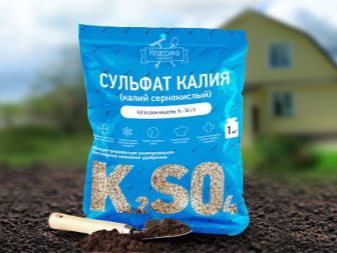
See below for more details.







































































































The comment was sent successfully.